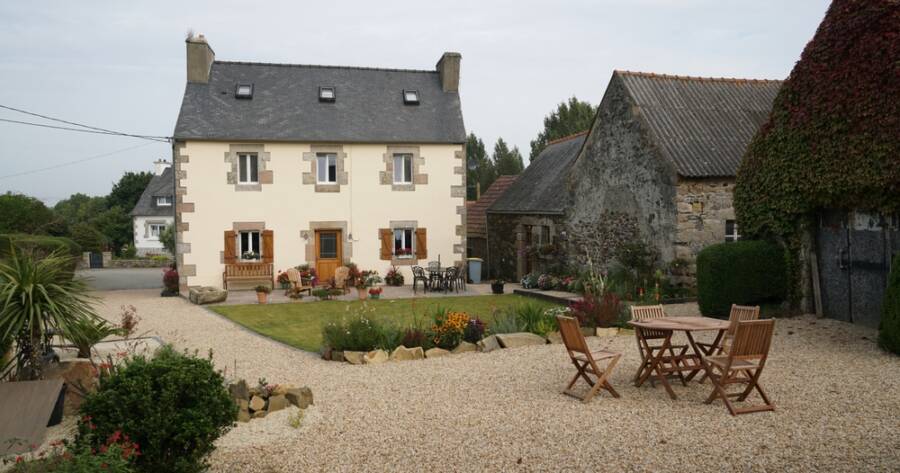A well-designed yard can boost your home’s curb appeal and overall value, but landscaping projects don’t have to be expensive. With thoughtful planning, you can create a beautiful outdoor space without overspending. By choosing cost-effective plants, using creative design techniques, and adding simple features, you can transform your yard into an inviting retreat while staying within budget.
Choosing Low-Maintenance, Cost-Effective Plants
Selecting the right plants is one of the easiest ways to enhance your landscape without spending a fortune. Native plants are an excellent choice because they are adapted to the local climate and require less water, fertilizer, and maintenance. Perennials are also a smart investment since they return year after year, reducing the need for frequent replanting.
Another way to save money is by propagating plants from cuttings instead of buying new ones. Many shrubs, herbs, and flowers can be grown this way, allowing you to expand your garden at little to no cost. Additionally, using mulch around plants helps retain moisture and suppress weeds, reducing the need for watering and costly herbicides.
Creating Functional and Attractive Outdoor Spaces
A well-planned outdoor space can increase both the usability and value of your property. Defining areas within your yard—such as a dining space, seating area, or garden path—can make the space more inviting and practical. Simple additions like gravel walkways, stone borders, or a fire pit can create a polished look without requiring expensive materials.
Upcycling materials can also be an affordable way to enhance your outdoor space. Repurposing old bricks, pallets, or concrete pavers can help you build pathways, planters, or raised garden beds at a fraction of the cost of new materials. Adding string lights or solar-powered lanterns can provide ambiance without raising electricity costs.
Enhancing Your Lawn Without High Maintenance Costs
A lush, green lawn can improve curb appeal, but maintaining it can be expensive. To reduce costs, consider choosing drought-resistant grass varieties that require less water and mowing. Another option is reducing the size of your lawn by adding more garden beds, gravel areas, or ground cover plants, which require less maintenance.
Aerating your lawn once or twice a year helps improve soil health and allows water and nutrients to reach the roots more effectively. Using compost or natural fertilizers instead of chemical treatments can keep your lawn healthy while saving money. Watering deeply but less frequently encourages stronger root growth, reducing the need for frequent irrigation.
Adding Affordable Hardscaping Elements
Hardscaping elements, such as patios, pathways, and retaining walls, add structure and functionality to your landscape. Instead of costly stone or concrete, consider using budget-friendly alternatives like gravel, decomposed granite, or reclaimed materials. These options provide a polished look while keeping costs low.
Edging flower beds with stones or bricks can create a defined, professional appearance without expensive installations. Wooden trellises or arbors made from recycled materials can add vertical interest to your yard while providing support for climbing plants like ivy or roses. Simple water features, such as a DIY fountain or birdbath, can enhance your outdoor space without requiring major investments.
Affordable Landscaping Can Increase Home Value
Smart landscaping doesn’t have to be expensive to make an impact. By choosing low-maintenance plants, creating functional spaces, and incorporating budget-friendly hardscaping, you can improve your yard’s appeal without overspending.
Thoughtful landscaping not only makes your home more enjoyable but also increases its market value, making it a worthwhile investment for homeowners looking to enhance their property.

